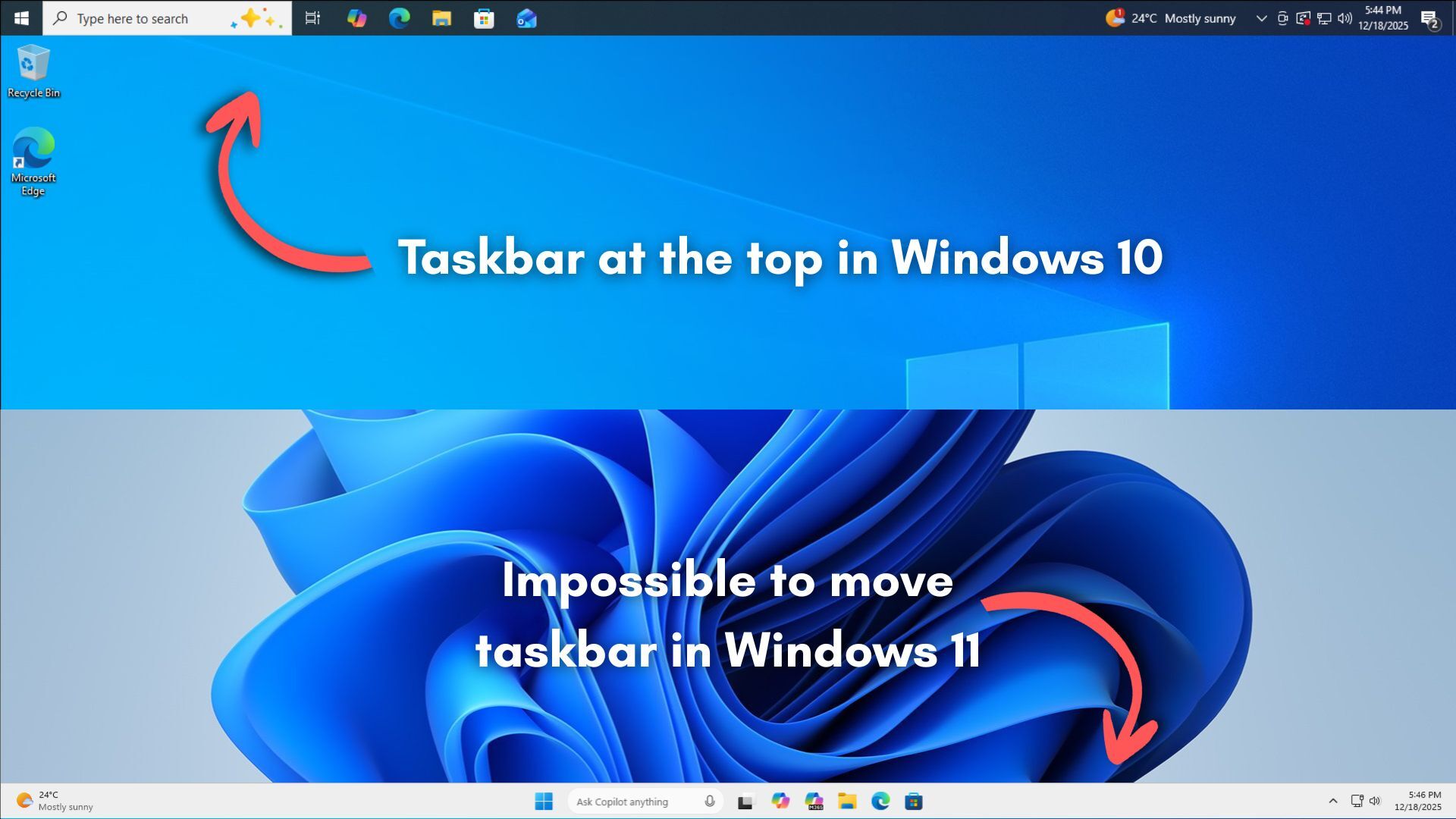☆ Yσɠƚԋσʂ ☆
- 2.28K Posts
- 2.99K Comments

 6·4 days ago
6·4 days agoOpen sourcing these thing would definitely be the right way to go, and you’re absolutely right that it’s a general solver that would be useful in any scenario where you have a system that requires dynamic allocation.
That’s the scientific method. Here we’re talking about transformation of quantity into quality. :)

 5·5 days ago
5·5 days agoYeah for sure, I do think it’s only a matter of time before people figure out a new substrate. It’s really just a matter of allocating time and resources to the task, and that’s where state level planning comes in.

 3·5 days ago
3·5 days agoit’s a pretty big case right now

 5·5 days ago
5·5 days agomfbc told them so, liberals don’t have thoughts of their own

 5·5 days ago
5·5 days agoit’s like the most pretentious thing you could do online

 142·5 days ago
142·5 days agolmfao imagine trotting out mbfc like it means anything you terminal online lib 🤣

 101·5 days ago
101·5 days agoIt’s like saying silicon chips being orders of magnitude faster than vacuum tubes sounds too good to be true. Different substrate will have fundamentally different properties from silicon.

 9·8 days ago
9·8 days agowelcome to the contradictions of capitalism

 8·9 days ago
8·9 days agoWhat I find most unfortunate is that these scam companies convinced people that you can make AI speech detectors in the first place. Like the reason LLMs structure text in a certain way is because these are the patterns in human text that they’ve been trained on.

 1·9 days ago
1·9 days agoyeah that would work too assuming the disk was made out of sufficiently hard material that won’t degrade over time

 2·9 days ago
2·9 days agoYeah, I don’t think billions of years is really a meaningful metric here. It’s more that it’s a stable medium where we could record things that will persist for an indefinite amount of time without degradation.

 2·9 days ago
2·9 days agoI mean, you can always make new hardware. The idea of media that basically lasts forever is really useful in my opinion. We currently don’t have anything that would last as long as regular paper. Most of the information we have is stored on volatile media. Using something like this to permanently record accumulated knowledge like scientific papers, technology blueprints, and so on, would be a very good idea in my opinion.
Incidentally, manual moderation is much easier to do on a federated network where each individual instance doesn’t grow huge. Some people complaining that Lemmy isn’t growing to the size of Reddit, but I see that as a feature myself. Smaller communities tend to be far more interesting and are much easier to moderate than giant sites.
It’s the logical end point of a particular philosophy of the internet where cyberspace is treated as a frontier with minimal oversight. History offers a pretty clear pattern here with any ungoverned commons eventually getting overrun by bad actors. These spam bots and trolls are a result of the selection pressures that are inherent in such environments.
The libertarian cyber-utopian dream assumed that perfect freedom would lead to perfect discourse. What it ignored was that anonymity doesn’t just liberate the noble dissident. It also liberates grift, the propaganda, and every other form of toxicity. What you get in the end is a marketplace of attention grabbing performances and adversarial manipulation. And that problem is now supercharged by scale and automation. The chaos of 4chan or the bot filled replies on reddit are the inevitable ecosystem that grows in the nutrient rich petri dish of total laissez-faire.
We can now directly contrast western approach with the Chinese model that the West has vilified and refused to engage with seriously. While the Dark Forest theory predicts a frantic retreat to private bunkers, China built an accountable town square from the outset. They created a system where the economic and legal incentives align towards maintaining order. The result is a network where the primary social spaces are far less susceptible to the botpocalypse and the existential distrust the article describes.
I’m sure people will immediately scream about censorship and control, and that’s a valid debate. But viewed purely through the lens of the problem outlined in the article which is the degradation of public digital space into an uninhabitable Dark Forest, the Chinese approach is simply pragmatic urban planning. The West chose to build a digital world with no regulations, no building codes that’s run by corporate landlords. Now people are acting surprised that it’s filled with trash, scams, and bots. The only thing left to do is for everyone to hide in their own private clubs. China’s model suggests that perhaps you can have a functional public square if you establish basic rules of conduct. It’s not a perfect model, but it solved the core problem of the forest growing dark.

 3·11 days ago
3·11 days agoNobody is talking about defying laws of physics here. Your whole premise rests on fossil fuels running out and being essential for energy production. This is simply false.


















I’m betting within a decade if it actually works